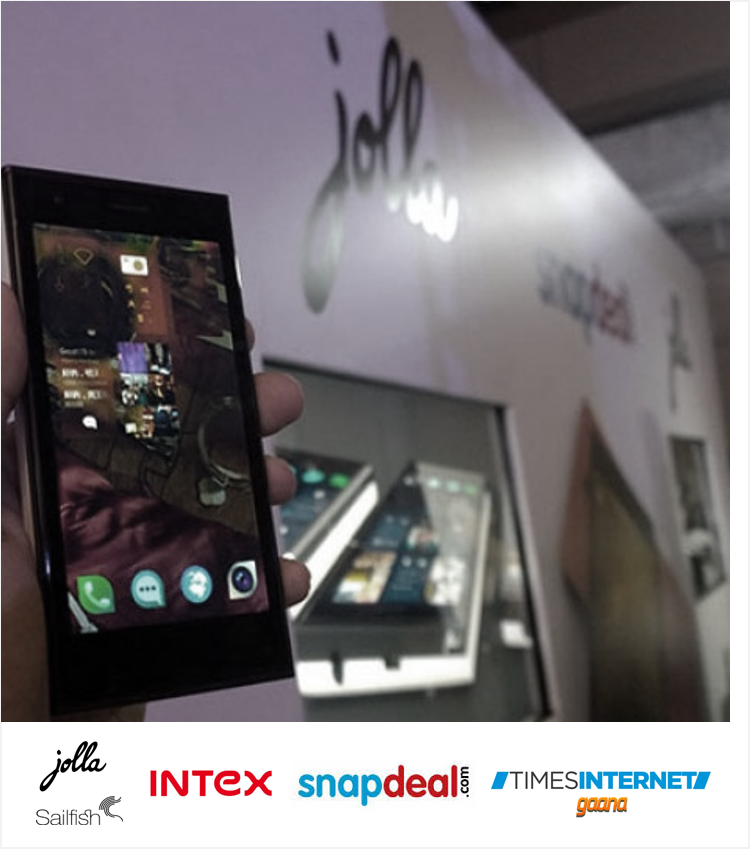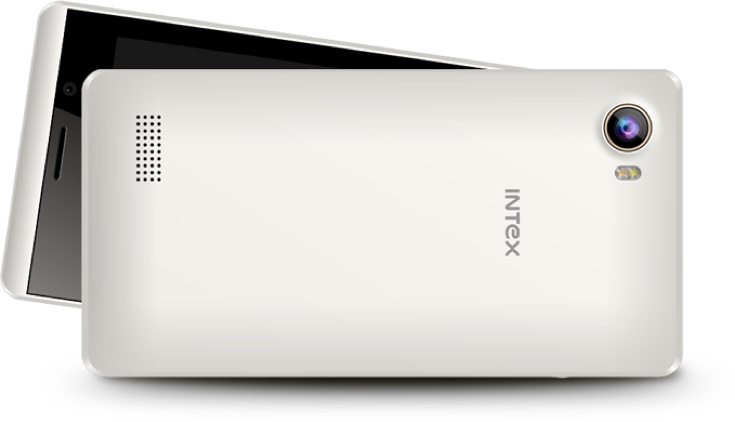

Most affordable phones tend to skimp on the amount of RAM, and that becomes a massive performance bottleneck. The Aqua i5 HD packs in a quad-core processor with 1 GB of RAM, and the latter comes in fairly handy when you have multiple apps open. Unfortunately, the glass does catch a lot of fingerprints, and can be quite reflective when using the phone outdoors or in brightly lit environments. Despite just the 720p resolution, the screen offers rich colours and the text readability is quite impressive. The 5-inch screen is the OGS (One Glass Solution) type, which merges the panel with the touch layer, allowing for a more compact packing. The build quality is quite good, with the soft-feel finish at the back, and the keys on the right-side spine are laid perfectly for the fingers to reach them. Intex’s latest effort at making an Android phone is quite impressive. And while this is a fairly consistent Android phone, there are equally, or more capable, alternatives like the Moto G.

We can’t really recommend the P81 to anyone who wants the very latest Android on their phone. To be honest, we expected a bit more from a 13 MP camera. It can definitely take fairly good daytime shots, with adequate crispness and good colour, but noise creeps in as the ambient lighting goes down. The 13-megapixel camera also isn’t worth much praise. The old OS (the latest Android version is 4.4.3), however, spoils the phone’s chances. The 5.5-inch display has a 720p resolution, which isn’t the crispest around, but reproduces colours very well, thanks to the IPS panel. The battery lasts for a day, which seems to be pretty standard across phones in this price bracket. The performance is consistent, and while it isn’t a multitasking powerhouse, the games run smoothly and four-five apps can be opened simultaneously without performance being hit. However, Panasonic may not have optimized the Gesture feature to work with a newer Android OS version the P81 currently runs on Android 4.2.2. The rest of the user interface does seem a tad bland, but it is very usable. We were quite impressed by the way it has been implemented - there was hardly any error in identifying the drawn gesture. Draw the gesture on the screen, and the phone unlocks and opens up the desired app-one less step to deal with, ideally. Basically, the idea behind Gesture Play is to allow the user to access a particular app directly, the moment he/she taps the power key to light up the screen. However, you can add more gestures for apps you want to access directly from the home screen.

By default, there are three gestures-U for unlock, S for SMS and a square for the camera. The Gesture Play UI (user interface)-the default way of unlocking the phone screen (though you can revert to the default Android methods from the settings)-works well.


 0 kommentar(er)
0 kommentar(er)
